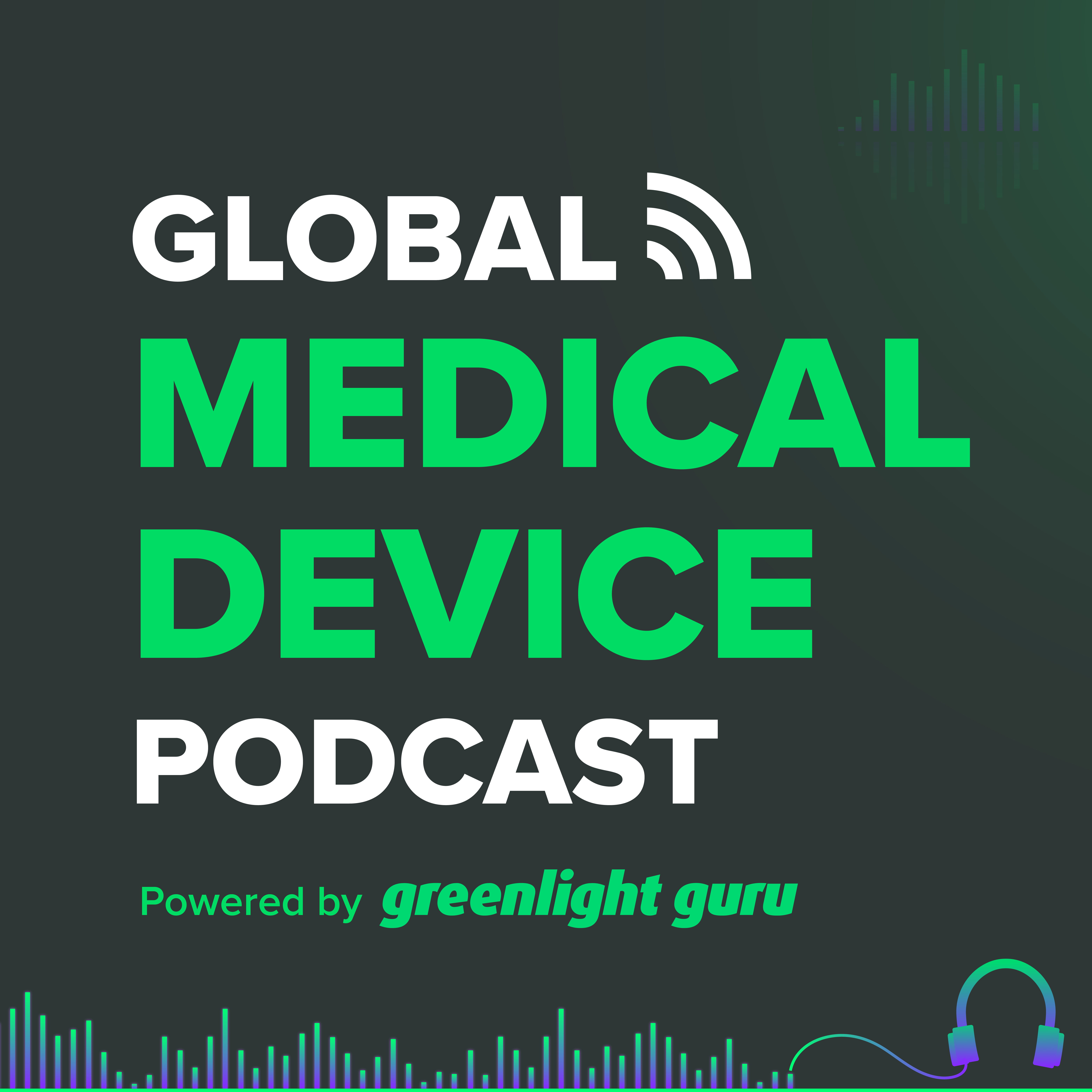Does Your CAPA Process Need a CAPA?
- 0.5
- 1
- 1.25
- 1.5
- 1.75
- 2
DESCRIPTION
Have you done Corrective and Preventive Actions (CAPA) on your CAPA process? If not, you need to seriously consider doing so because CAPA is the #1 reason why companies get 483 observations year after year.
In this episode of the Global Medical Device Podcast, Jon Speer talks to Mike Drues of Vascular Sciences about whether your medical device company’s CAPA process needs a CAPA. Why are medical devices companies continuing to struggle with CAPAs?
Some of the highlights of this episode include:
- Only 3-5% of adverse events of medical devices are actually reported to the manufacturer or FDA. People tend to report every little event as a CAPA or report nothing at all.
- The five most common reasons why the FDA issued 483 observations and warning letters over the last 5 years were CAPAs, customer complaints, purchasing controls, medical device reporting, and process validation.
- If CAPA is the #1 reason why companies are getting 483 observations and warning letters, it may be due to an ineffective quality management system (QMS).
- Things happen every day during the course of running a business. Processes and routines may not go routinely. When something happens unexpectedly, will it happen again? What are you changing to ensure it does not happen again?
- CAPAs continue be the #1 reason because people do not have a common sense understanding of the quality system regulation. They focus on the words, but do not try to understand the meaning.
- CAPAs often generate negative connotations—the process requires extra work and more resources, not in the budget, and time pressure. However, people should view CAPA’s as an opportunity to improve a product and prevent problems in the future.
- People do not follow procedures because sometimes they don’t even know that procedures exist, or those procedures are not updated/revised after events.
Memorable quotes from this episode:
“A CAPA is an opportunity to really do a deep dive investigation to determine, is there a systemic issue that is influencing that process that you are following?” Jon Speer
“People don’t focus on the common sensical understanding.” Mike Drues
“Unless regulation makes sense, I don’t care what the regulation is, unless it makes sense, it is not good regulation.” Mike Drues
“Part of going through the CAPA procedure is to identify the root cause of the problem.” Mike Drues
“Only 3-5% of adverse events of medical devices are actually reported to the manufacturer or to the FDA.” Mike Drues
Links:
FDA - Corrective and Preventive Actions (CAPA)
FDA - Form 483 Observations and Warning Letters






